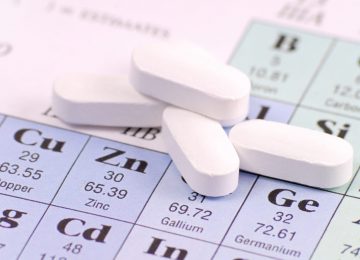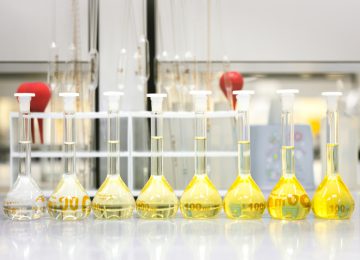

Elemental impurities analysis services
SHU offers cGMP-accredited elemental impurities analysis services to pharmaceutical manufacturers, drug substance manufacturers, importers and wholesalers according to the USP, EP or your own method of analysis.
SHU utilizes several techniques to perform elemental impurities analysis testing services for the pharmaceutical industry. The following techniques are available:
- Inductively Coupled Plasma – Mass Spectrometry (ICP-MS)
- Atomic Absorption Spectrometry (AAS) (GF-AAS)
- Atomic Emission Spectrometry (AES)
- Hydride Generation Atomic Absorption Spectrometry (HG-AAS)
Depending on technique, flame and graphite furnace configurations are available (instrumentation testing methods in order to meet the new requirements for the USP <232> USP <233>, EP 5.20 and EP 2.4.20 General Chapters and ICH Q3D Guidelines on elemental impurity analysis). Sample types and matrices currently tested for trace elements include: organic and non-organic materials, aqueous and non-aqueous materials. Sample pre-treatment using microwave digestion in PTFE vessel will be used.
Elemental Impurities Analysis services:
- Inductively Coupled Plasma Mass Spectroscopy (ICP-MS)
- SHU analyzes over 24 elements (metallic/non-metallic) that are mentioned in EP/USP with permitted daily exposures (PDE’s) from low parts per trillion (ppt) to high parts per million (ppm).
- The mass spectroscopy instrument utilizes a unique collision cell that eliminates polyatomic inferences, allowing the analysis of complex matrices. Our high matrix introduction (HMI) equipment allows direct analysis of samples
- containing high levels of dissolved solids.
Atomic Absorption Spectroscopy (AAS)
This process allows quantitative determination of metals, largely as minor or trace constituents. The Atomic Absorption/ Emission Spectroscopy (AAS/ AES/ GF-AAS) instrumentation allows analysis by flame absorption, flame emission or graphite furnace absorption. In addition to this, we can use the hydride generation system (HG-AAS) for the analysis of arsenic, antimony, mercury and selenium.
Elemental impurity analysis is used for:
- Pharmaceutical manufacturing
- Drug substance manufacturing
